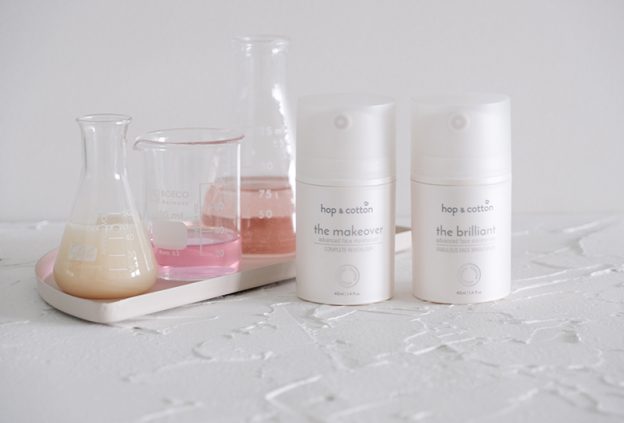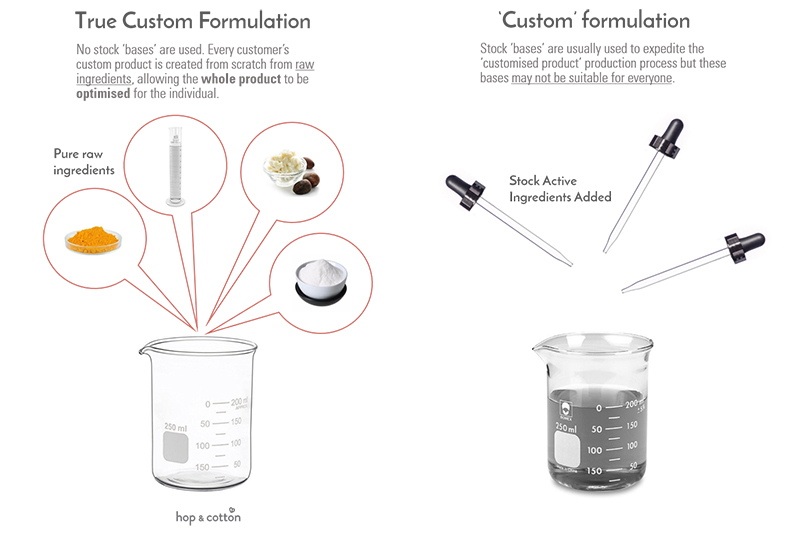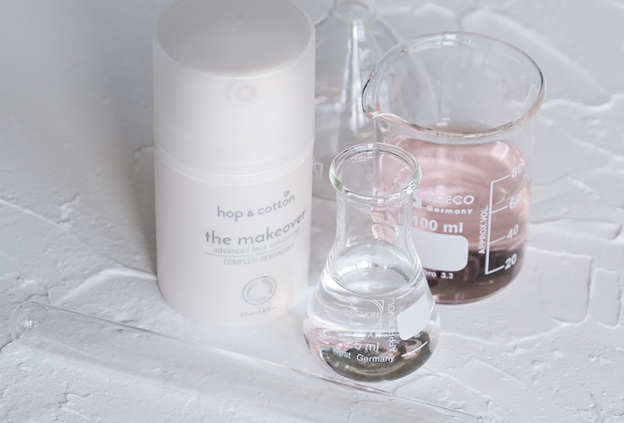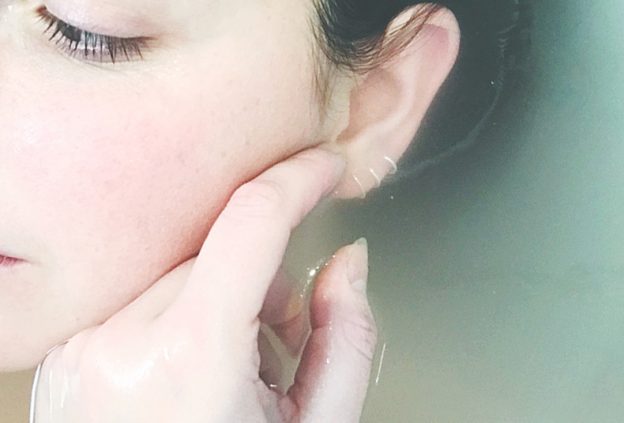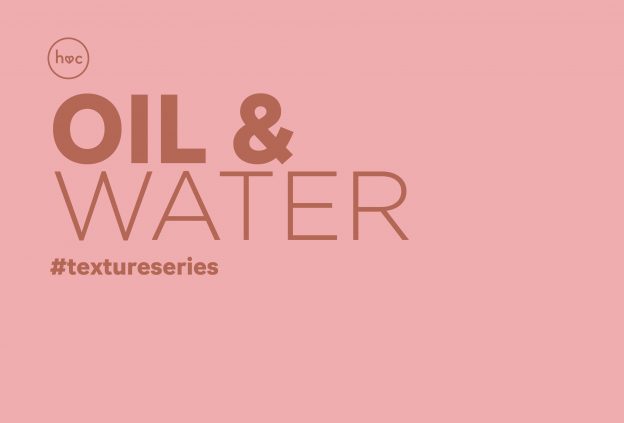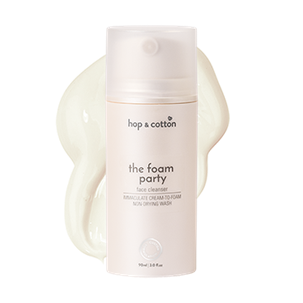I’m not just referring to the average glycolic nor salicylic acid. I mean maximum strength niacinamide, zinc, azelaic acid, benzoyl peroxide, sulphur and adapalene – you know, the works.
So why am I still getting blemishes despite already using so many anti-acne ingredients daily?!
Because you are only playing defense against acne as they appear, but not getting the upper hand of prevention. Something is still continually encouraging acne formation, which is why your acne is never quite managed despite a gang of anti-acne actives.
There could be a lot of factors contributing to acne formation, but we’ll highlight 3 main ones that you can (easily) do something about.
Acnegenic Ingredients
They say God is in the details. It is usual for anti-blemish products, even spot treatments, to also contain acnegenic ingredients (yes they are different from comedogenic ingredients) behind the spotlight of anti-acne actives.
Why would anyone add acnegenic ingredients to anti-acne products?
Because they are functional ingredients necessary to impart structure, consistency and/or certain properties (e.g sun protection or fragrance). This is why they are widespread across most products, not just anti-blemish ones. Some examples of acnegenic functional ingredients are – ethylhexyl palmitate, isopropyl myristate, cetyl/cetearyl alcohol, sorbitan olivate and behentrimonium methosulfate.
To this point, I’d like to emphasize skin’s individuality. Every skin is unique and reacts differently to ingredients, which includes both functionals and actives. You might not have a problem with cetyl alcohol, but break out with niacinamide, which often aggravates acne despite its reputation as a skin superhero.
Cleansing Tools
Skin is big part of our immune system. Any type of cleansing tools/brushes/fabric/wipe and hot water has the potential to stimulate our inflammatory system (and sebum production). Acne is not a skin surface condition – no amount of aggressive deep cleansing or scrubbing removes or prevents it.
Often, these ‘tools’ inadvertently promote excessive abrasion/scrubbing, which end up causing irritation and inflammation, while also spreading unwanted microbes to other uninfected areas.
What is the best thing to use for cleansing? 60 seconds of your conscious attention with your fingers and a good cleanser.
Food
The relationship between types of food and acne has not been conclusively proven, probably because this is difficult to objectively quantify, compounded by the diversity of our digestive biome landscape.
However, certain foods promote acne in certain people, and identifying them may be worthwhile if a lack of progress really bothers you.
Dairy and refined sugar are somewhat conventional, but it can be any food, even ‘good’ ones such as soy, berries, fermented products (e.g yoghurt, sauerkraut, kefir) and biotin-rich foods (e.g. almonds, eggs, sweet potatoes, salmon).
Like ingredients, blemish-causing acne is personal and different for different individuals. Eliminate one food type/group at a time for about 3-5 days, and observe how your skin is behaving. Of course, you can choose to not eliminate your ‘trigger foods’ after identification.
Treating persistent acne can be a long, frustrating road. Many of our clients come to us initially confused about why the whole works is not improving their blemish situation, so I hope this has been helpful!
Using more is not the answer, but using the right products for you.



